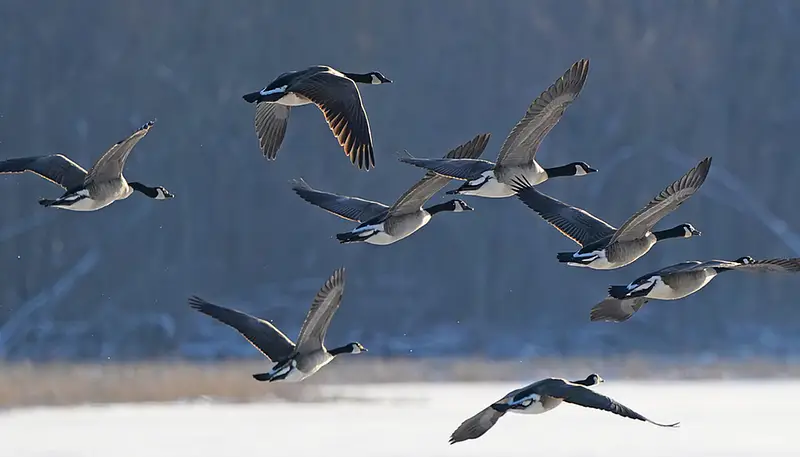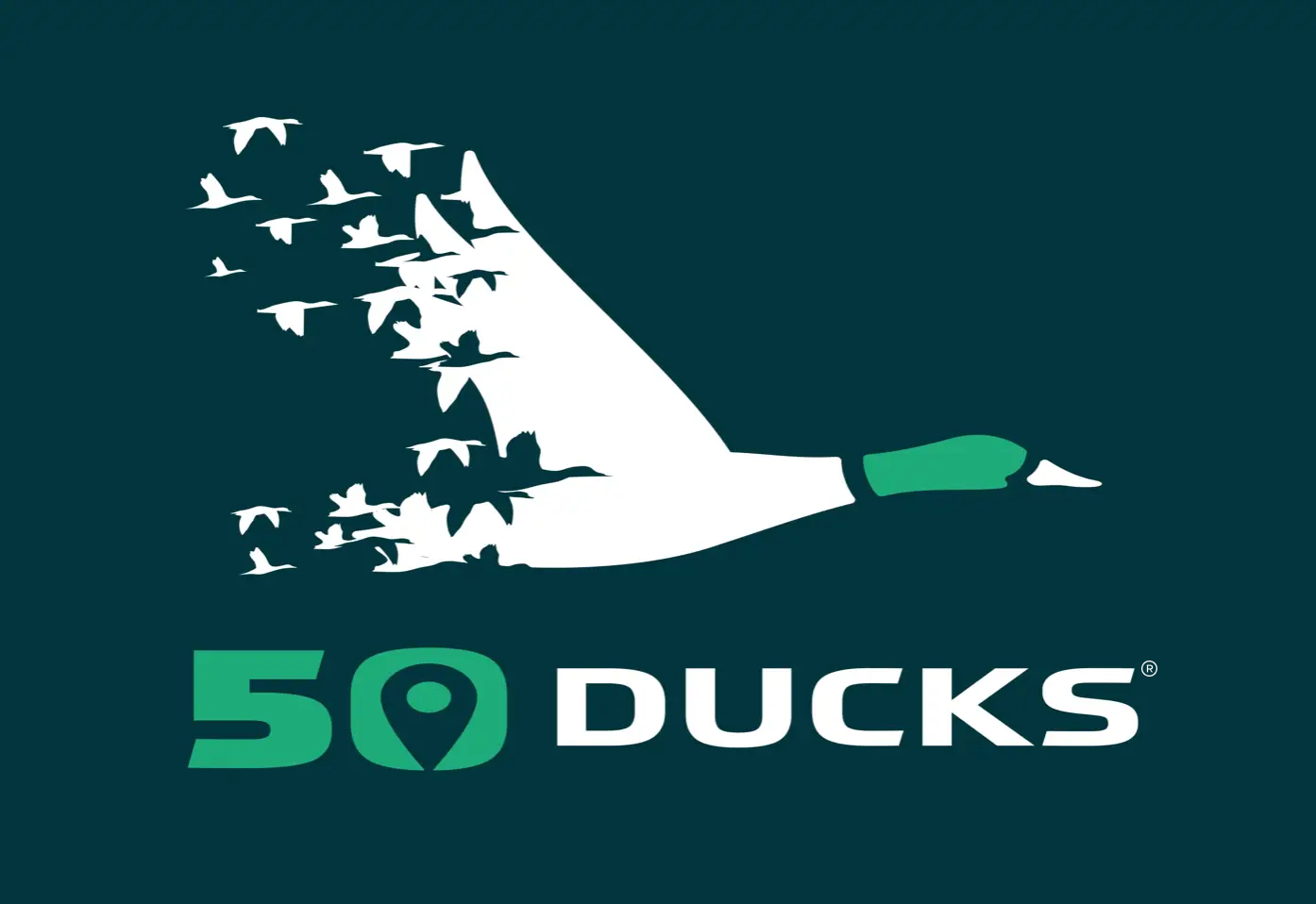About Canada Goose
The Canada Goose (Branta canadensis) is a prominent and easily recognizable bird, known for its striking black head and neck with broad white cheek patches extending from the throat to the rear of the eye, forming a distinctive white “chinstrap.” With an average length of 25-45 inches and weight ranging from 4-15 pounds for males (ganders) and 4-12 pounds for females, this species exhibits considerable size variation influenced by geographical location. There are 7 subspecies of the Canada Goose that are as follows:
- Atlantic Canada Goose: Introduced across much of North America in the 1960s and 70s, now also found in Europe.
- Dusky Canada Goose: Found from Oregon to southwestern Alaska, medium-sized.
- Giant Canada Goose: Once thought extinct, now numbering around 1.5 million.
- Interior Canada Goose: Breeds around Hudson Bay, migrates to the southern U.S.
- Lesser Canada Goose: The smallest subspecies, often mistaken for the Cackling Goose.
- Moffitt’s Canada Goose: Inhabits the Western U.S. and British Columbia.
- Vancouver Canada Goose: Mostly non-migratory, found in southeastern Alaska and British Columbia

Identification
Canada Geese can be identified by their black head and neck, white cheek patches, and body coloration ranging from light gray to dark chocolate brown. Their tails feature a U-shaped white band, and both sexes share this distinctive appearance, although females are generally slightly smaller.
Breeding
Canada Geese breed in a variety of habitats, from the tundra to temperate regions. They construct nests on the ground, often near water, using plant material. The female incubates the eggs while the male guards the nest. Goslings are precocial, able to walk, swim, and feed shortly after hatching, and are cared for by both parents.
Behavior
Canada Geese exhibit strong family and pair bonds, often mating for life, and are known for their “honking” call, earning them the nickname “honkers.” They demonstrate philopatry, returning to their natal areas to nest. Generally, they lay 2-8 eggs with an incubation period of 25-28 days. When threatened, geese will emit a “hissing” sound as a warning. Their large size and ability to ward off predators contribute to a high nest success rate.
Habitat
Canada Geese inhabit some of the most varied habitats of any species in North America, ranging across much of the continent. They are found in both local and migratory populations, thriving in urban environments as well as rural landscapes. This adaptability allows them to flourish in a wide array of settings, from city parks and golf courses to remote wetlands and agricultural fields.
Migration
Canada Geese exhibit varied migratory patterns across different subspecies. Some populations undertake long-distance migrations from northern breeding grounds to southern wintering areas. For instance, the Interior Canada Goose migrates from the Hudson Bay region to the southern United States, while the Giant Canada Goose, once thought extinct, now predominantly remains in its geographical area year-round due to its adaptability and reintroduction efforts. On the other hand, many Canada Geese have established resident populations, particularly in urban and suburban areas across North America. These resident geese do not migrate and remain in the same geographical area throughout the year, benefiting from abundant food sources and fewer predators in urban environments.
No Data Found
How many days tracked
Lorem ipsum dolor sit amet, consectetur adipiscing elit. Ut elit tellus, luctus nec ullamcorper mattis, pulvinar dapibus leo.
Where are they now?
Lorem ipsum dolor sit amet, consectetur adipiscing elit. Ut elit tellus, luctus nec ullamcorper mattis, pulvinar dapibus leo.
No Data Found
No Data Found
Total Number of Data Points for Canada Goose
Lorem ipsum dolor sit amet, consectetur adipiscing elit. Ut elit tellus, luctus nec ullamcorper mattis, pulvinar dapibus leo.
Start and End Date Tracking of Canada Goose
Lorem ipsum dolor sit amet, consectetur adipiscing elit. Ut elit tellus, luctus nec ullamcorper mattis, pulvinar dapibus leo.
No Data Found
Overall Data from the Center
This is historical data from various sources. This data is available in its full form on our Duck Map in an easily visualizable format.
